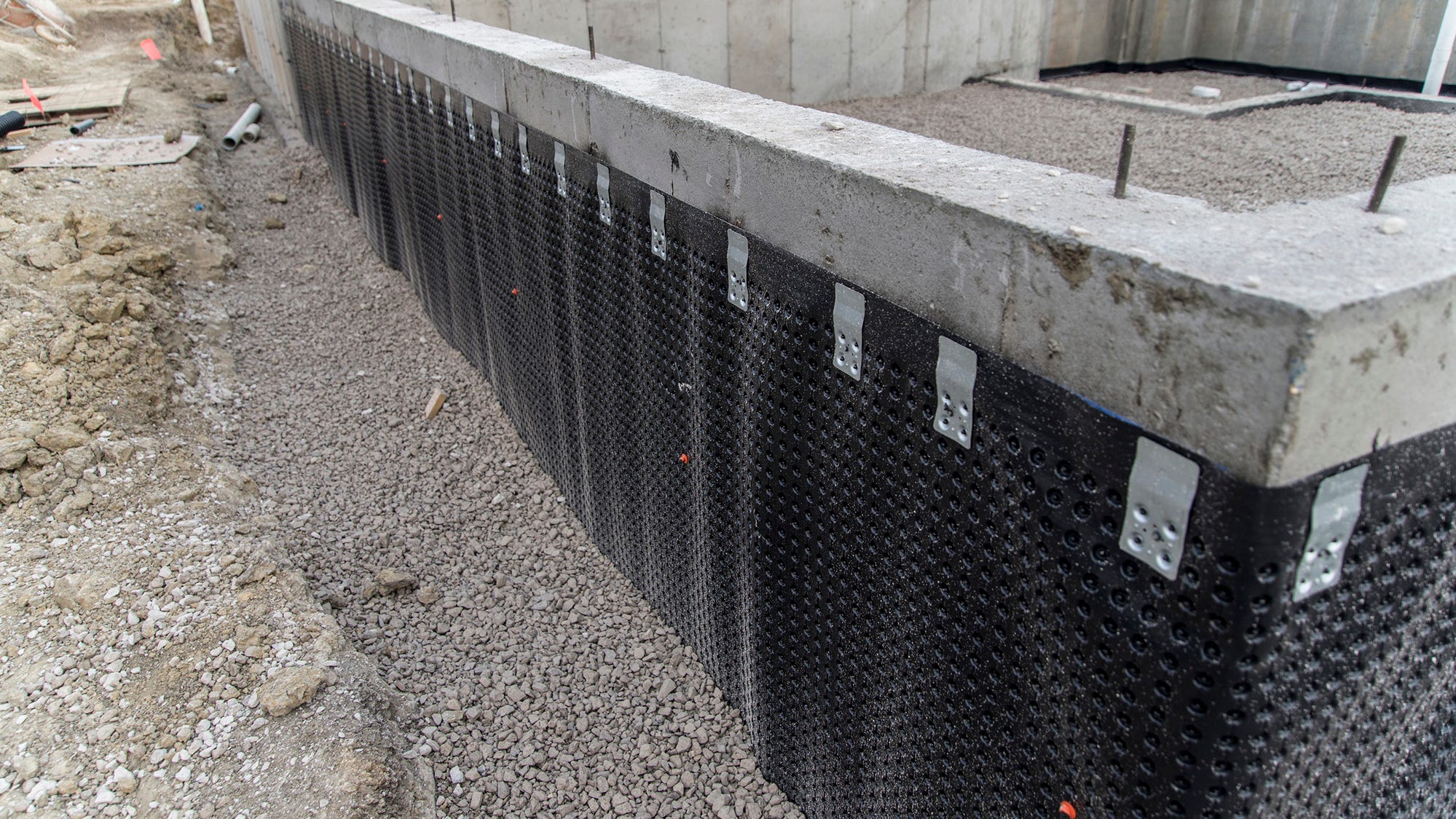Moisture Control Concerns for Heritage Houses
Heritage homes are frequently cherished for their distinctive design attributes and deep narratives, but they also come with specific obstacles, notably when it comes to waterproofing. As these homes age, their materials and frameworks can be vulnerable to water damage, leading to expensive maintenance and likely health hazards such as fungus and dampness. Understanding the importance of waterproofing is vital not only for preserving the beauty and integrity of these heritage jewels but also for safeguarding the capital that property owners have made.
In this post, we will investigate the multiple waterproofing issues faced by ancient properties and delve into tactics to mitigate moisture issues. From identifying signs that your property may need moisture protection to evaluating the advantages and disadvantages of do-it-yourself solutions versus expert assistance, we strive to provide helpful information for property owners. By tackling the particular challenges related to moisture control in historic homes, we intend to empower you to take proactive steps in safeguarding your property from the elements.
The Significance of Waterproofing in Historic Dwellings
Protective sealing is crucial for historic homes to maintain their architectural integrity and prevent water damage. These properties often have unique features, such as traditional elements and craftsmanship, which can be damaged by water infiltration. Water can deteriorate the foundation, lead to fungal issues, and cause irreversible damage to interior surfaces, underpinnings, and top structures. Effective waterproofing secures that these beloved residences stay safe and livable while maintaining their historical value.
Overlooking waterproofing in heritage properties can lead to substantial financial burdens down the line. When water seeps into structural elements or basements, it can create a domino effect of complications, including wood rot and peeling paint. Over time, these trivial problems can intensify, leading to major interventions or even the loss of classic aspects. By committing to https://notes.io/wHBzr , residents can avoid potential disasters and save significant amounts in restoration costs, ensuring their homes last through the years.
In addition to safeguarding against moisture issues, waterproofing can boost the energy performance of heritage residences. By closing gaps and stopping water penetration, homeowners can maintain a stable indoor climate, reducing dependence on climate control. This not only contributes to a more pleasant living situation but also aligns with green initiatives, making historic homes resilient and environmentally responsible.

Typical Waterproofing Issues for Historic Structures
Older structures often face unique waterproofing issues that require cautious consideration and expertise. One major issue is the presence of obsolete materials and construction techniques that may not meet current waterproofing standards. Many historic homes were built using porous materials such as brick, which can absorb moisture and allow water infiltration. Achieving find more info in these cases often involves specialized methods designed to preserve the building's integrity while enhancing its resistance to water damage.
Another challenge is associated to sinking and movement that historic buildings experience over time. Foundation issues, such as fissures and gaps, can develop, compromising the building's waterproofing solutions. These vulnerabilities can lead to water seeping into crawl spaces, resulting in mold growth and structural damage. Addressing these issues requires a blend of proper foundation repair techniques and effective waterproofing measures to create a solid barrier against moisture.
Furthermore, the design preservation of historic homes complicates the waterproofing process. Homeowners often wish to maintain the authentic appearance of their properties, which can limit the types of waterproofing solutions that can be applied. Balancing the need for effective waterproofing with the desire to preserve historic features requires trained professionals who understand both the practical aspects of waterproofing and the historical significance of the building. click this makes it essential for homeowners to carefully choose waterproofing methods that align with their preservation goals.
Efficient Solutions for Safeguarding Historic Homes
Maintaining historic homes demands a thoughtful approach to waterproofing that honors their architectural character. Tailored materials and methods should be employed to confirm that the original features are not compromised during the waterproofing procedure. For instance, ventilated membranes can be used to enable moisture trapped within the walls to vent, preventing damage while keeping the home waterproofed. This method stops the buildup of moisture that can lead to mold and construction issues without retaining vapor inside the walls.
In also to breathable membranes, classic masonry techniques can play a important role in waterproofing historic structures. Lime-based mortars and plasters are suitable for older homes as they provide adaptability and breathability that modern materials often do not provide. These materials can help to wick moisture away from the structure while maintaining the aesthetic qualities that define historic architecture. This approach not only defends the building from water damage but also safeguards its historical character.
Another successful strategy for stopping water damage in historic homes is to pay attention to proper drainage and landscaping. Ensuring that gutters and downspouts are operating effectively can channel water away from the foundation, while landscaping features like swales and rain gardens can further manage water runoff. By merging these methods with appropriate waterproofing techniques, homeowners can greatly enhance the resilience of historic properties against water damage, guaranteeing their preservation for future generations.